
According to NHS Choices one of the biggest causes of low back injury is incorrect lifting technique when performing manual handling. By adopting a better lifting technique, the likelihood of low back pain and injury can be reduced.
Using the correct lifting technique can certainly be a huge aid to achieve a reduced risk of low back injury. The aim of improving the way you lift is to reduce the amount of strain being placed on the low back structures, thereby allowing you to perform the action with a reduced risk of injury.
Listed below are 3 simple steps that can improve the way you perform the lift. It is important to assess the lift before carrying it out, check it isn’t too heavy and review if you may require assistance. It’s advised that if the weight is above what you feel is safe to lift it should be performed it as a 2 or more person lift.
Consider also where the object needs to travel to and assess the route for any obstacles that may make the lift unnecessarily difficult. If there are things in the way move them before you carry the object. Finally, check to see if there are any lifting aids you can make use of, where these are available take full advantage of them – there is little point in risking injury if the lift can be made easier in the first place.
Once these considerations have been made you’re ready to perform the 3 steps below to complete the lift:
Step 1: Prepare to lift
- Ensure you start with the object as close to your body as possible.
- You should be squatted down to the object with your knees bent. It is essential that you do not start the lift with straight knees. Make sure you have a stable footing and stable platform to lift from.
- Make sure you have a secure grip on the object whilst keeping it close to your body.
- Maintain a completely flat back before you begin the lift. This is vital to reduce the strain through your lower back and to help reduce the chance of injury.
- Brace your abs (core) by pulling the belly button into the spine creating a squeeze sensation. Maintain this squeeze sensation throughout the lift.
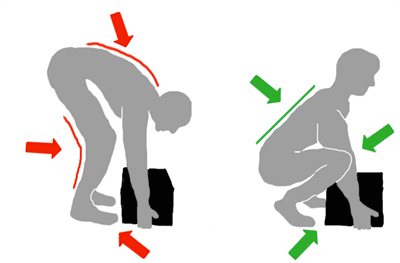
Step 2: Lifting
- It is vital that throughout the lift you maintain the squeeze sensation through your core and keep the back completely straight at all times.
- The lift action should come mostly from the legs as you drive towards an upright position.
- Make sure you straighten your hips and knees at the same pace. Do not allow the knees to straighten quicker than the hips, if you do then your back may bend in the process instead of being maintained in a straight position.
- Throughout the lift it is important to keep the object as close to your body as possible, allowing it to come away from the body will encourage your back to bend and will increase the strain, and therefore the chance of injury.
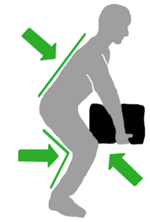
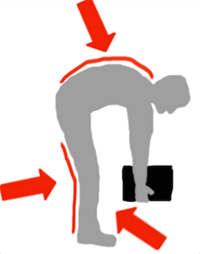
Step 3: Moving off and completing the lift
- Once you’re upright keep the object close to you.
- As you move away with the object keep the chest tall and proud, encouraging the back to remain straight. It is vital you avoid any back bending (being too proud) or slumping throughout the move.
- Whilst moving maintain the squeeze sensation in the abs and core.
- Avoid twisting the torso at any point in the move.
- Once you reach your desired location lower the object by reversing the lifting action. Do not allow the back to bend or slump at any point.
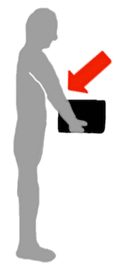
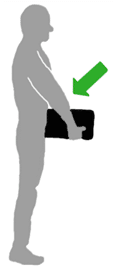
Medicash health cash plans include cover for physiotherapy and our corporate plans include access to Phio – our digital physiotherapy app. To find out more about our plans and how much you can claim back for physiotherapy, please contact us.
Guest post by Alexander Pouros, Registered Osteopath
Editors note: this post was originally published in Mar 2016
